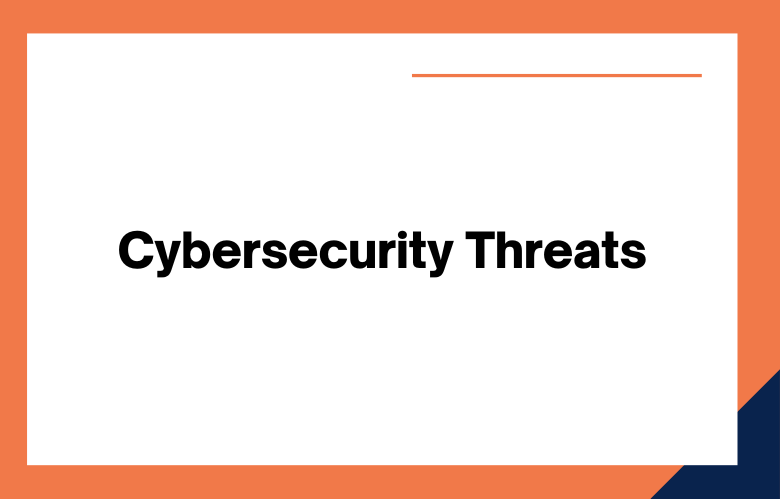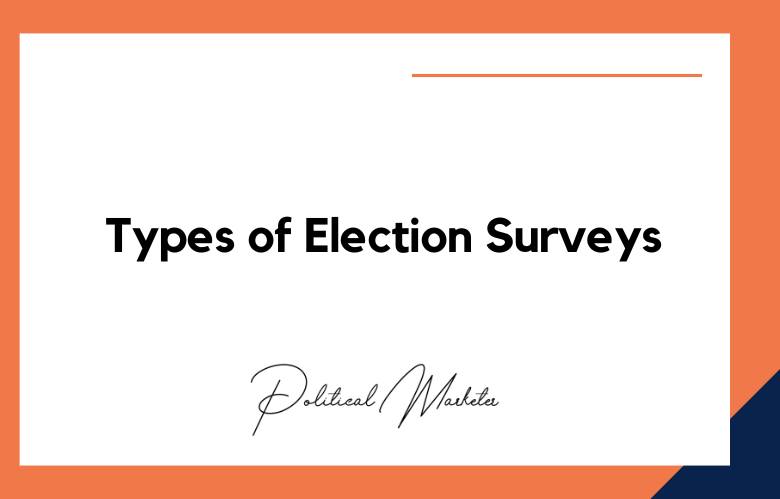As a political leader, you are likely familiar with the many cybersecurity threats. However, you may not be typical of all the risks that threaten your organization. We will outline some of the most critical cybersecurity threats you should know and take steps to protect against them. As a political leader, you face many threats to your safety and security. However, one of the most insidious threats is cybersecurity.
Cybercriminals can exploit vulnerabilities in your computer systems or networks, gaining access to sensitive information or disrupting campaign operations. We will discuss some critical cybersecurity threats you may encounter as a political leader and suggest ways to protect yourself.
As a political leader, you may wonder about the significant cybersecurity threats. We’ll look at some of the most critical threats you need to be aware of using them.
From malware and ransomware to phishing and social engineering attacks, we’ll cover the most common risks you face and how to secure yourself against them. Stay safe online!
Critical Cybersecurity Threats You May Encounter as a Political Leader
Phishing attacks:
Emails or websites appear from a trusted source but can design to steal your personal information. Emails or websites that pop up to be from a legitimate source but can develop to creep your login credentials or other sensitive information
Ransomware:
Malware locks you from your computer or files until you pay a ransom. A type of malware encrypts your files and demands a ransom payment to unlock them. Various malware encrypts your files and requires payment for the decryption key.
Social engineering:
Tricks can use to get people to reveal confidential information such as passwords or credit card numbers. They manipulate people into giving away personal information or performing actions they wouldn’t normally do and work people into giving away their passwords or other sensitive information.
They manipulate people into revealing confidential information or performing actions that compromise security.
DDoS attacks:
Using multiple computers to flood a website with traffic prevents legitimate users from accessing it. Using various devices to flood a website with traffic causes it to crash or become unavailable. Using multiple computers to attack a website with traffic causes it to crash.
We use multiple devices to flood a target with traffic, causing it to crash or become unavailable.
Malvertising:
Ads containing malware that infect your computer when you click on them. Ads containing malicious code can infect your computer or mobile device when you click on them.
Man-in-the-middle attacks:
They intercept communications between two parties and read or alter the data.
Phishing attacks:
Emails or websites attempt to steal your login credentials or other sensitive information. Fake emails or websites that try to creep your login information.
Spyware:
Software that secretly monitors your activities on the internet
Malicious software:
Viruses, spyware, and many more types of malware can damage your computer or steal your data. Programs designed to damage or disable computers, networks, or data
Unsecured networks and devices:
They use public Wi-Fi networks without a VPN or connect to unsecured networks at home or work.
Insider threats:
Employees with sensitive information access may be motivated to harm their organization.
- Spammers and scammers who want to steal your personal information
- Hackers who wish to access your emails and other private files
- Foreign governments that may try to hack into your systems to gain sensitive information
- Terrorists who may want to damage or destroy your computer networks
- Employees who may try to steal or sabotage your data
- Hackers are targeting your email account and trying to gain access to sensitive information
- Phishing attacks in which fake emails can send to get you to click on a malicious link
- Ransomware attacks in which your computer is locked, and you can ask to pay a ransom to unlock it
- Cyberattacks on critical infrastructures, such as power grids or water systems
- Attacks on voting systems that could interfere with the outcome of an election
- Social media manipulation campaigns designed to influence public opinion
- Theft of intellectual property, such as trade secrets or research data
- Cyber espionage by foreign governments
- Phishing- sending fraudulent emails purporting to be from legitimate organizations to steal personal information
- Rogue anti-virus programs- software that appears to be designed to protect a computer but instead steals data or money from the user
- Botnets- networks compromised.
- Watering hole attacks- targeting specific websites known to be frequented by certain individuals or groups to infect them with malware.
Critical Cybersecurity Best Practices for a Political Leader
- Use a strong password that is distinct from your account
- Do not use the same password for multiple accounts
- Change your passwords regularly
- Beware of phishing scams- do not open emails from unfamiliar senders or click on links.
- Install anti-virus software and always keep it up-to-date
- Only install software from trusted sources
- Be aware of what devices can connect to your network, and take steps to secure them.
- Back up your data regularly
- Keep your computer’s software up to date
- Use an effective and strong password and change it regularly
- Only open emails from people you know
- Don’t click on links or download attachments from unknown sources
- Install anti-virus software and always keep it up to date
- Back up your data regularly
- Be aware of social engineering scams
- Educate your staff about cybersecurity best practices
- Use a password manager
- Create different passwords for different accounts
- Only try to open emails from known people
- Never try to click on links or download attachments from anonymous sources
- Make sure your internet security software is turning on
- Backup your data regularly
- Be aware of social engineering scams
- Password protects your computer and phone
- Use two-factor authentication
- Update your software regularly
- Beware of phishing emails
- Don’t open attachments or click on links in emails from unknown senders
- Be careful when using public Wi-Fi networks
- Back up your data frequently
- Make sure your anti-virus software is up to date
- Change your password often
- Do not use the same password for multiple accounts
- Install a firewall and anti-virus software on all devices
- Only open emails from people you know and trust
- Do not click on links or download attachments from unknown sources
- Be aware of social engineering scams, such as phishing attacks
- Review your online activity regularly and delete any suspicious files or programs
- Install anti-virus and malware protection software
- Make sure to open emails only from people you know and trust
- Never try to click on links or download attachments from unknown sources
- Back up your data regularly
- Be careful when using public Wi-Fi networks
- Educate yourself about cybersecurity threats
- Establish a cyber incident response plan
- Educate employees about cybersecurity best practices
- Use strong passwords and change them frequently.
- Install anti-virus software on all devices and keep it up to date
- Only open emails from known senders and be suspicious of attachments
- Never click on links in emails that take you to unknown websites
- Be aware of social engineering scams, such as phishing attacks
- Backup your data regularly just in case your device is compromised
- Use a strong password that is distinctive to your account
- Update your software regularly, including your operating system, web browser, and anti-virus software
- Only open emails from people you know and trust
- Click on links or download attachments from unknown sources
- Be aware of social engineering schemes, where attackers try to get you to reveal confidential information
- Please back up your data frequently in case it is lost or stolen
- Ensure your computer is physically secure
- Educate yourself and your staff about cybersecurity best practices.
Conclusion
The cyber threats you face as a political leader are real and severe. It’s essential to have a comprehensive cybersecurity plan to protect your organization, staff, and constituents from these digital attacks. We specialize in helping political organizations of all sizes develop and implement effective cybersecurity plans that address the unique needs of this sector.
Contact us today for Political Cybersecurity Consulting, and let us help you keep your organization safe online.
One way to get in touch is by filling out our online form on this site or give us a call at
+91 9848321284. Let’s work together today!










